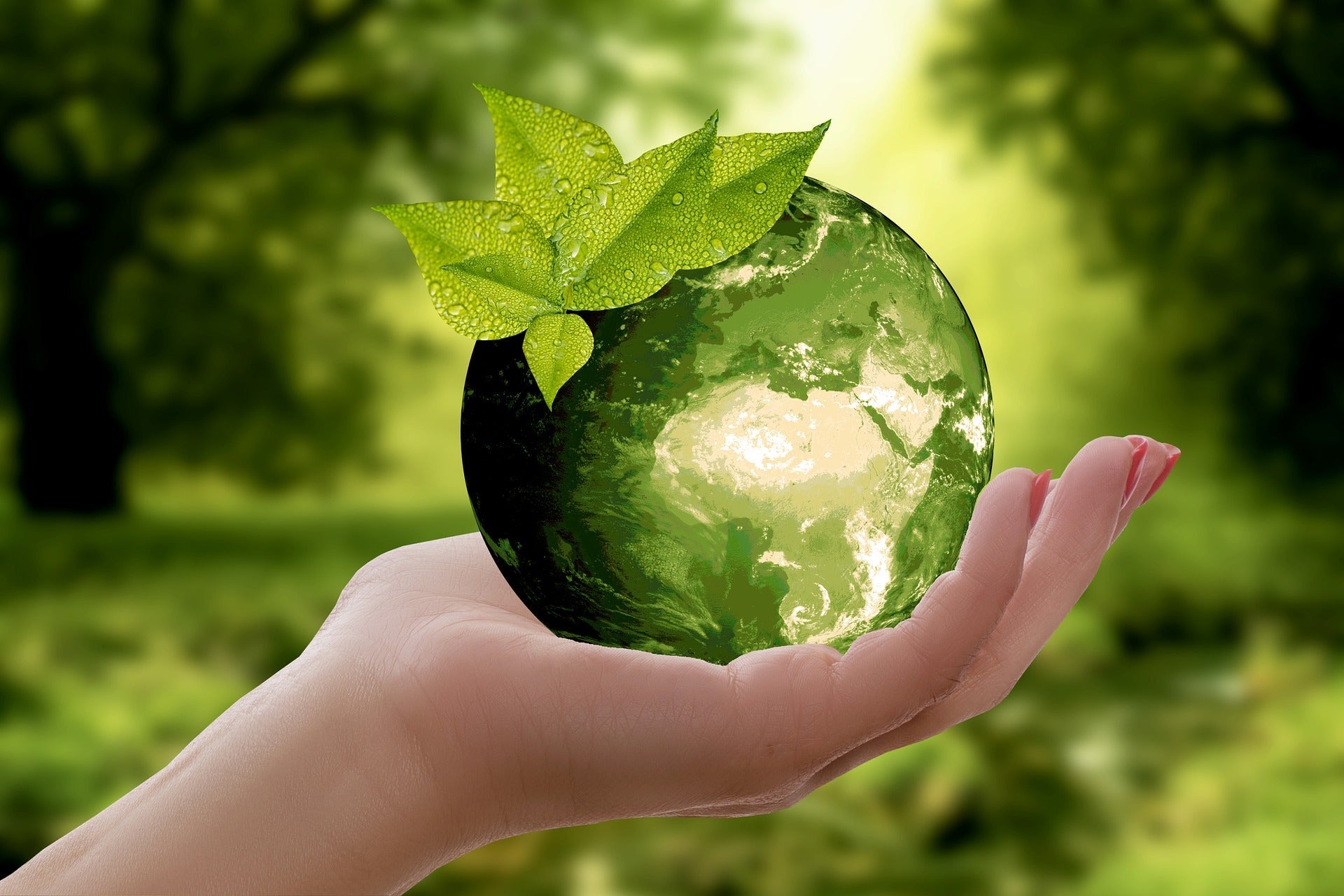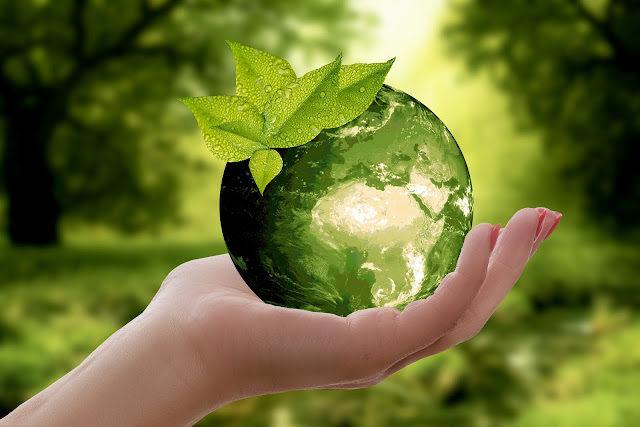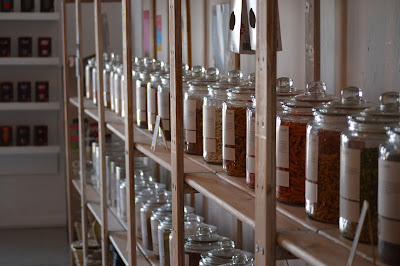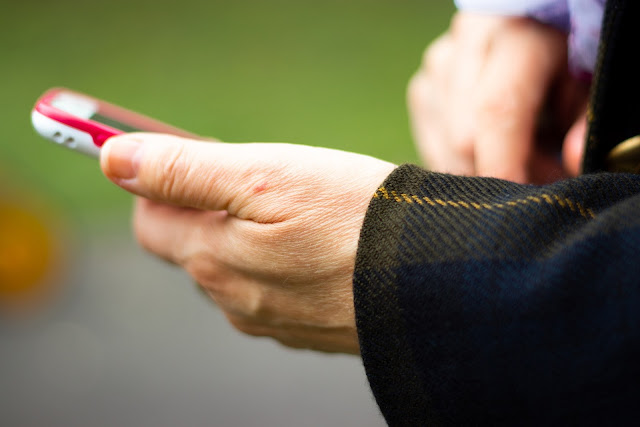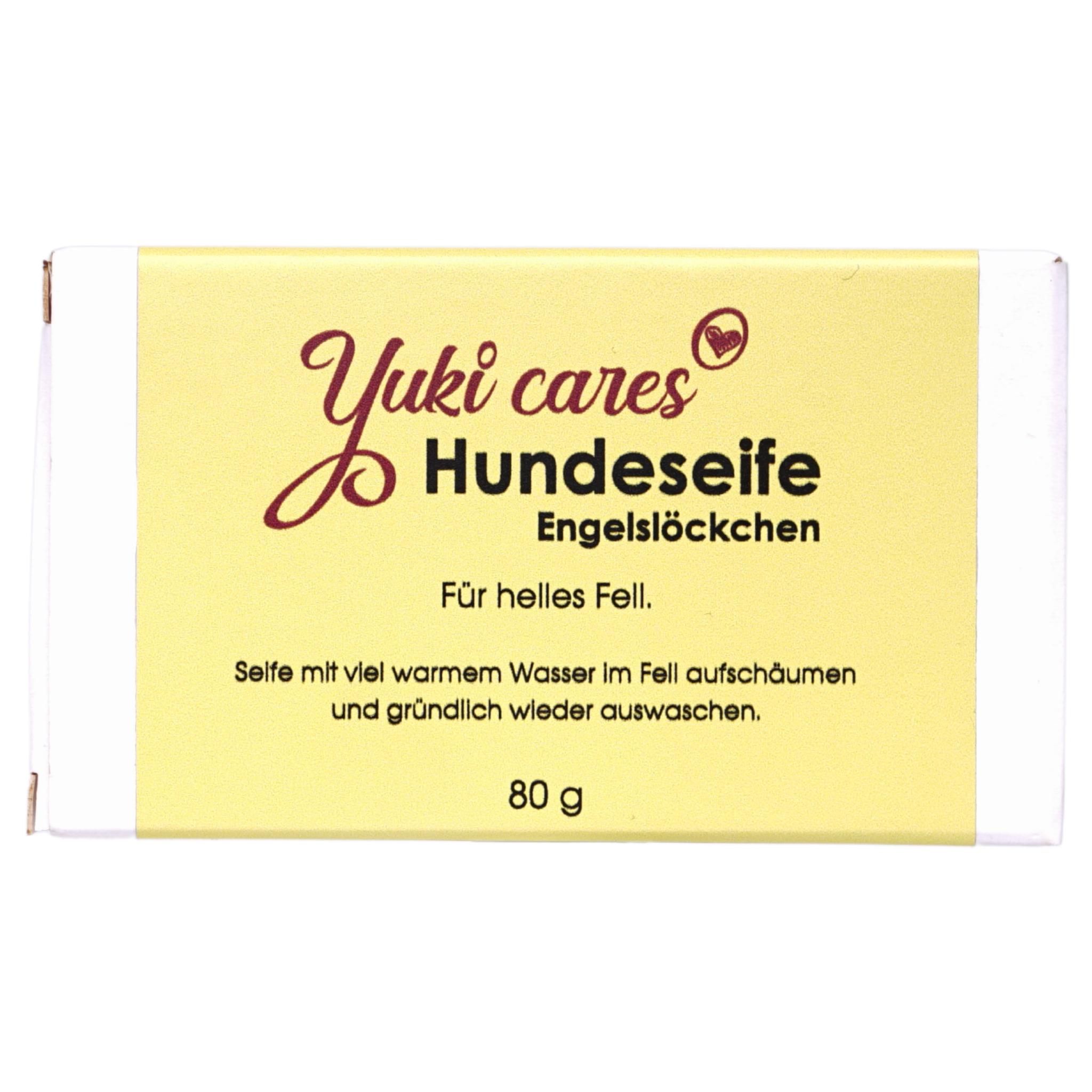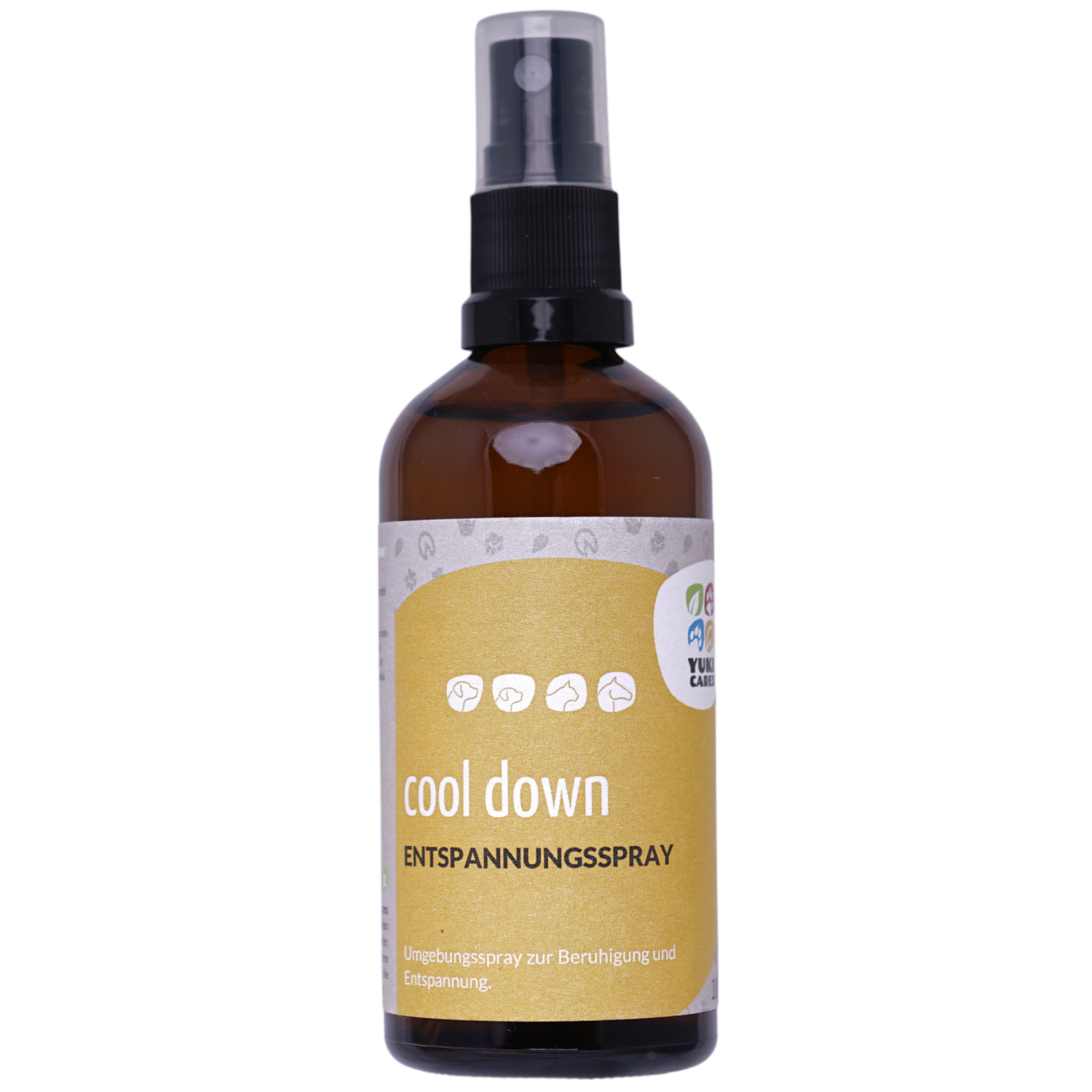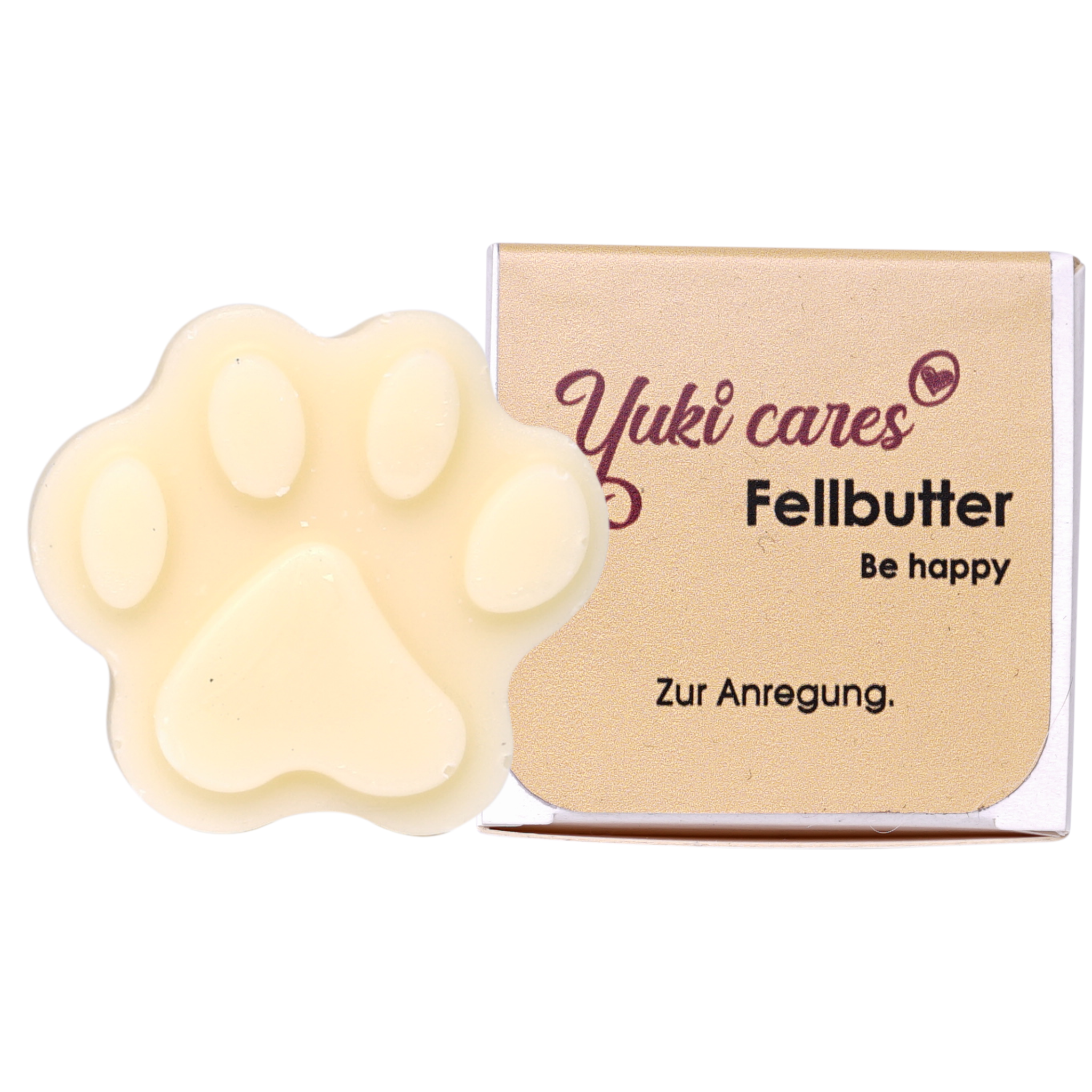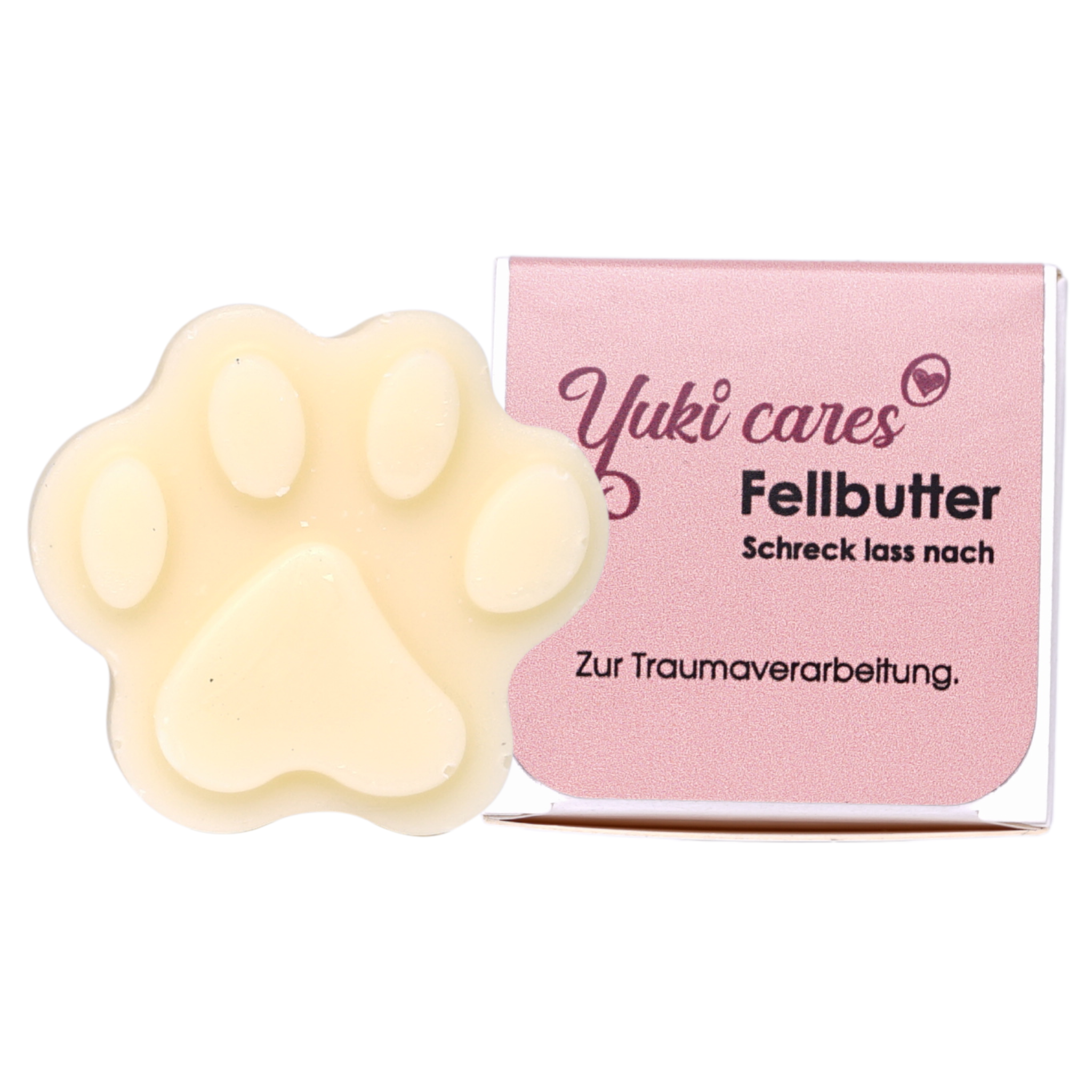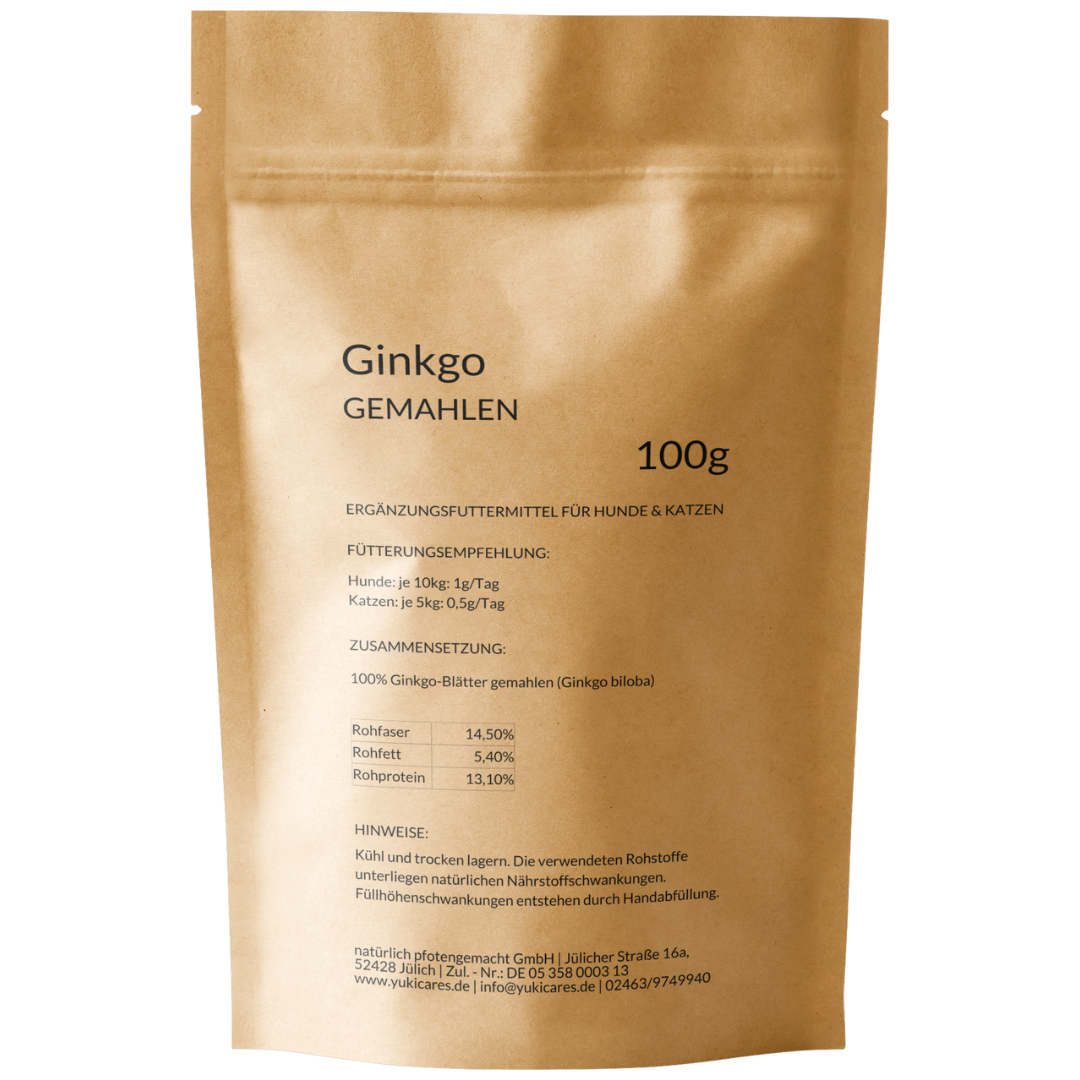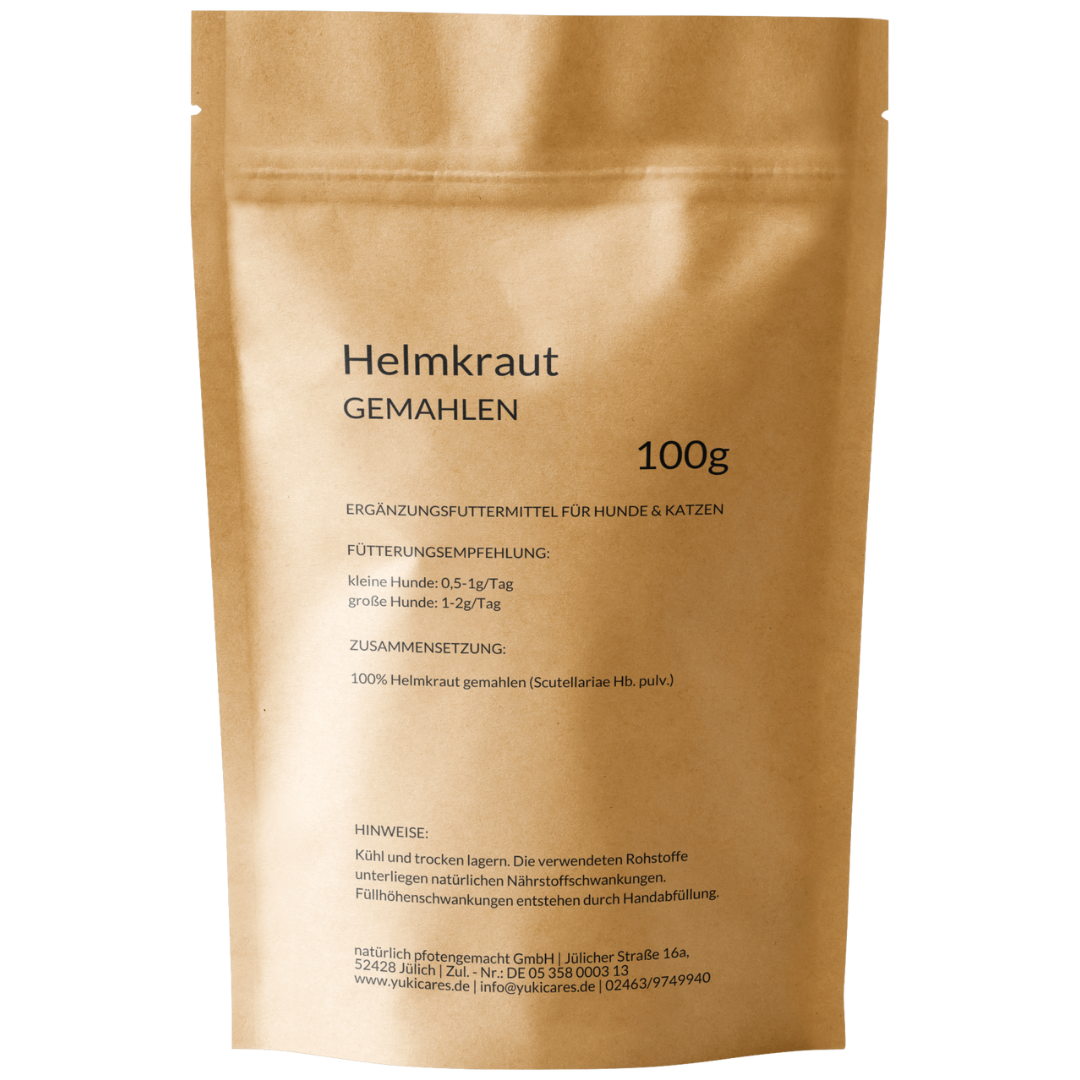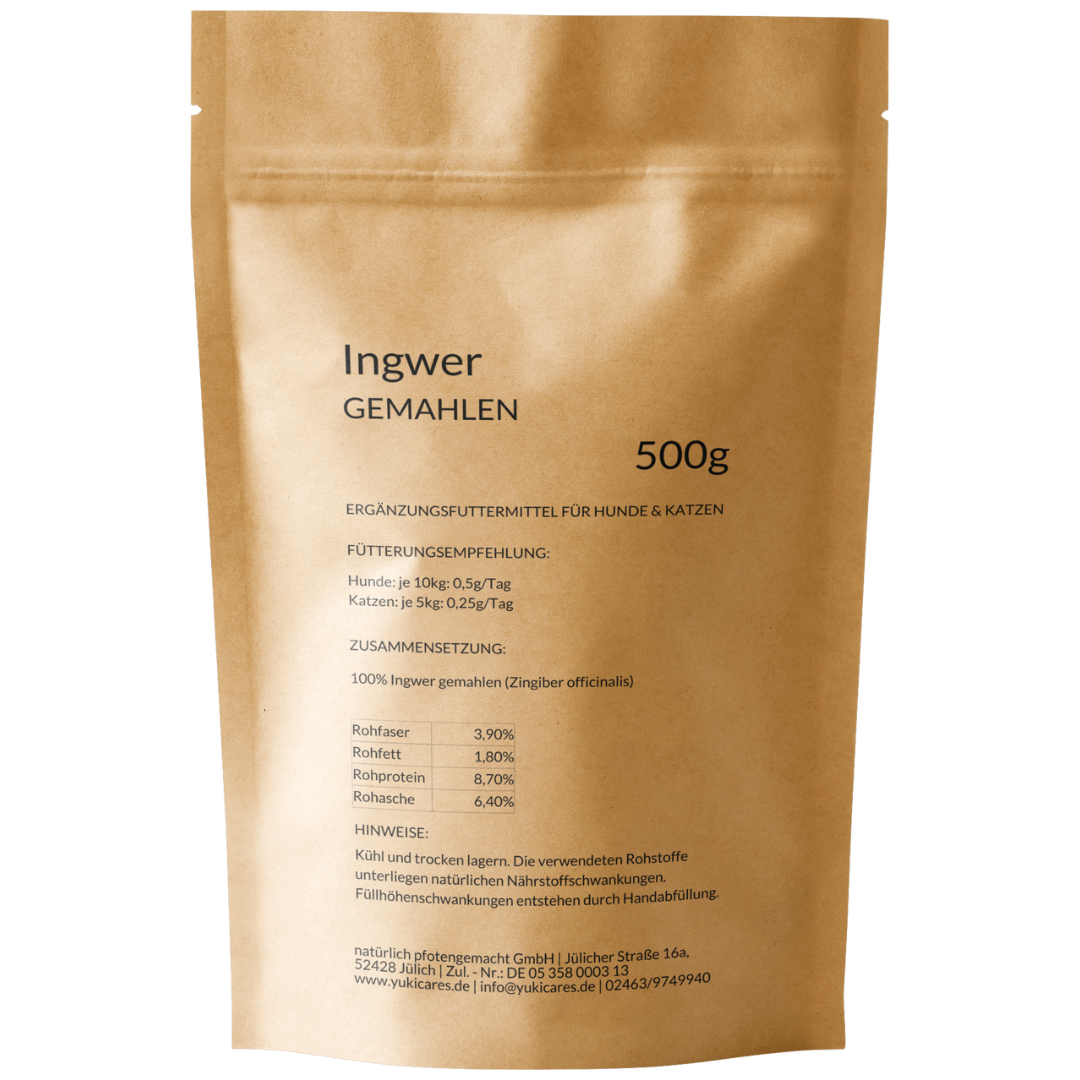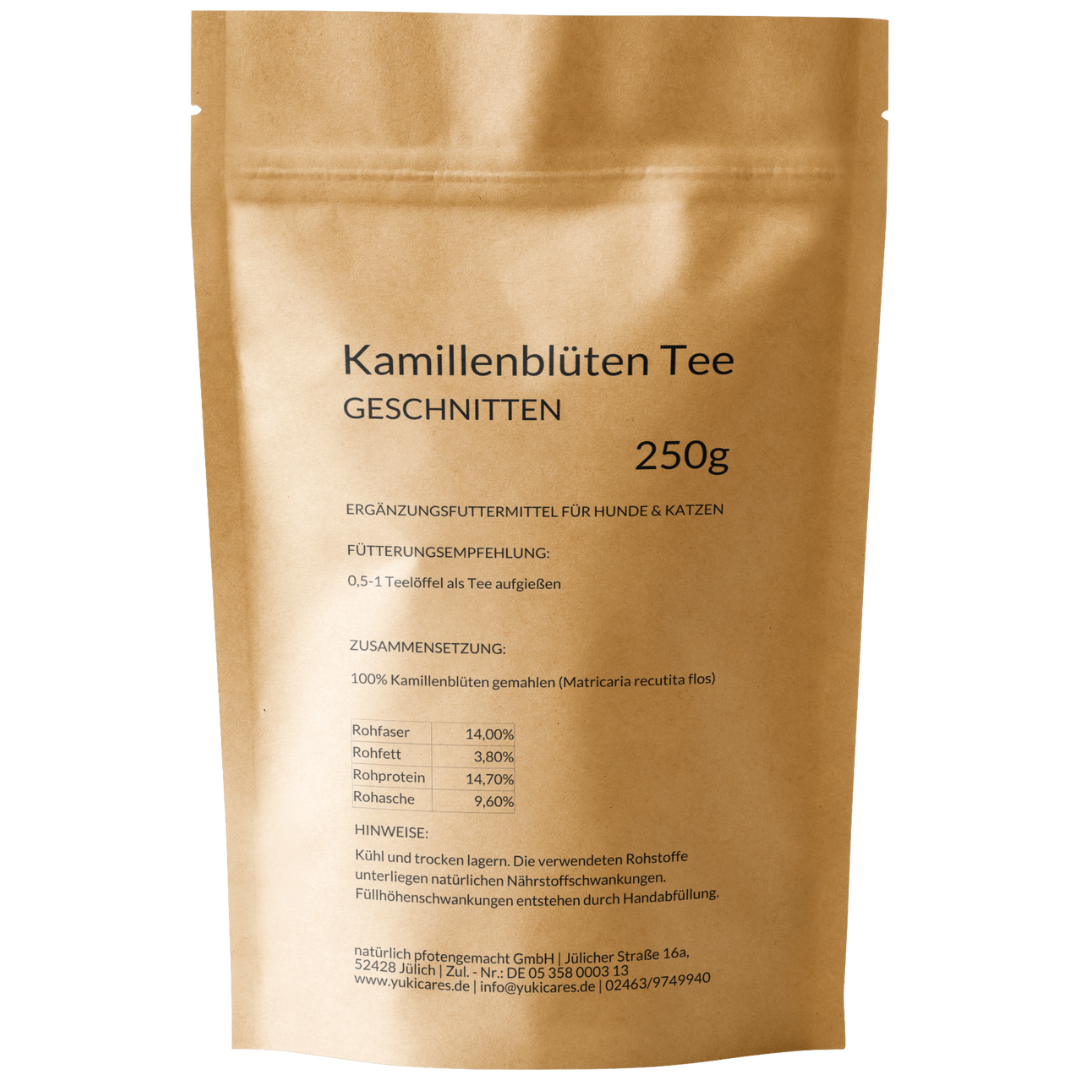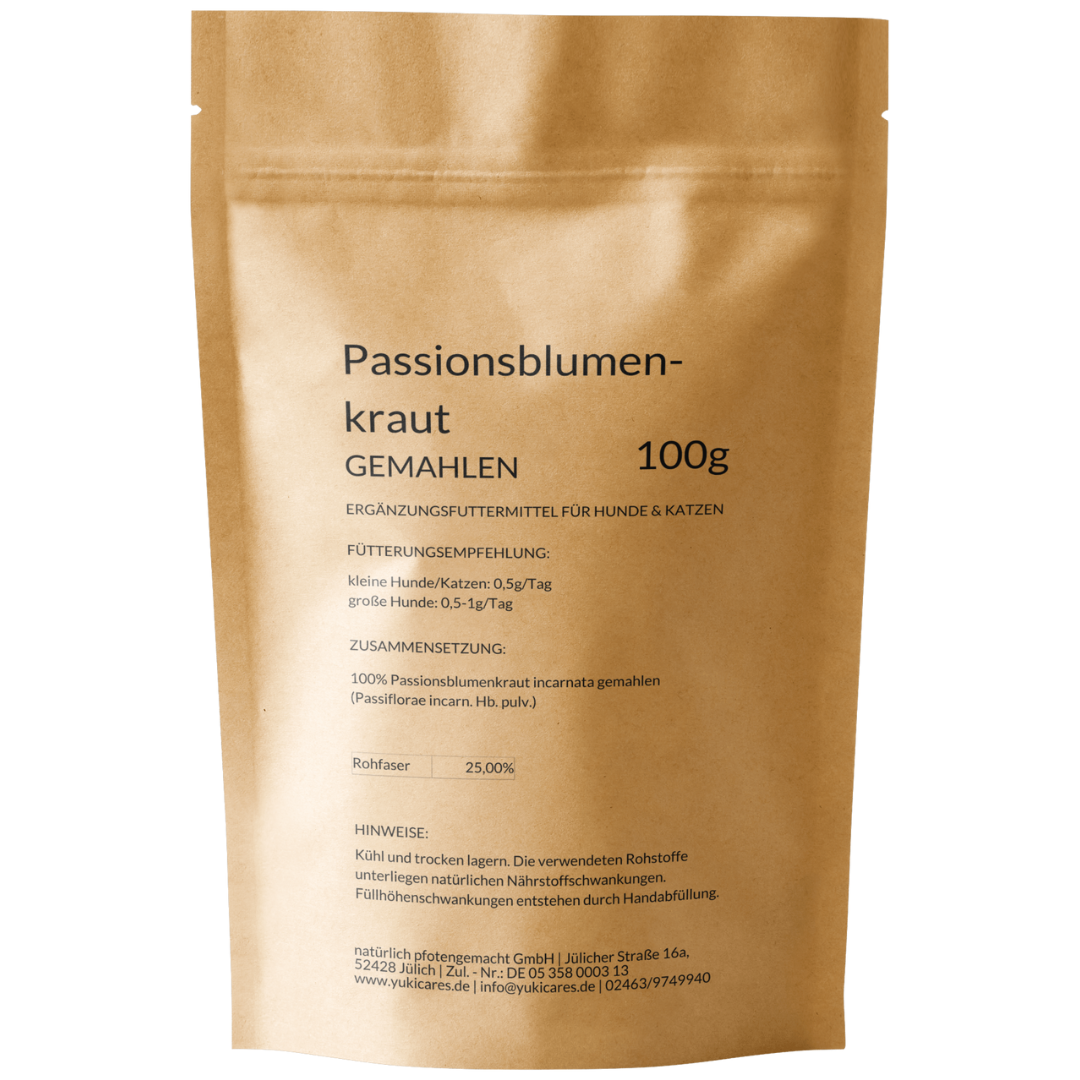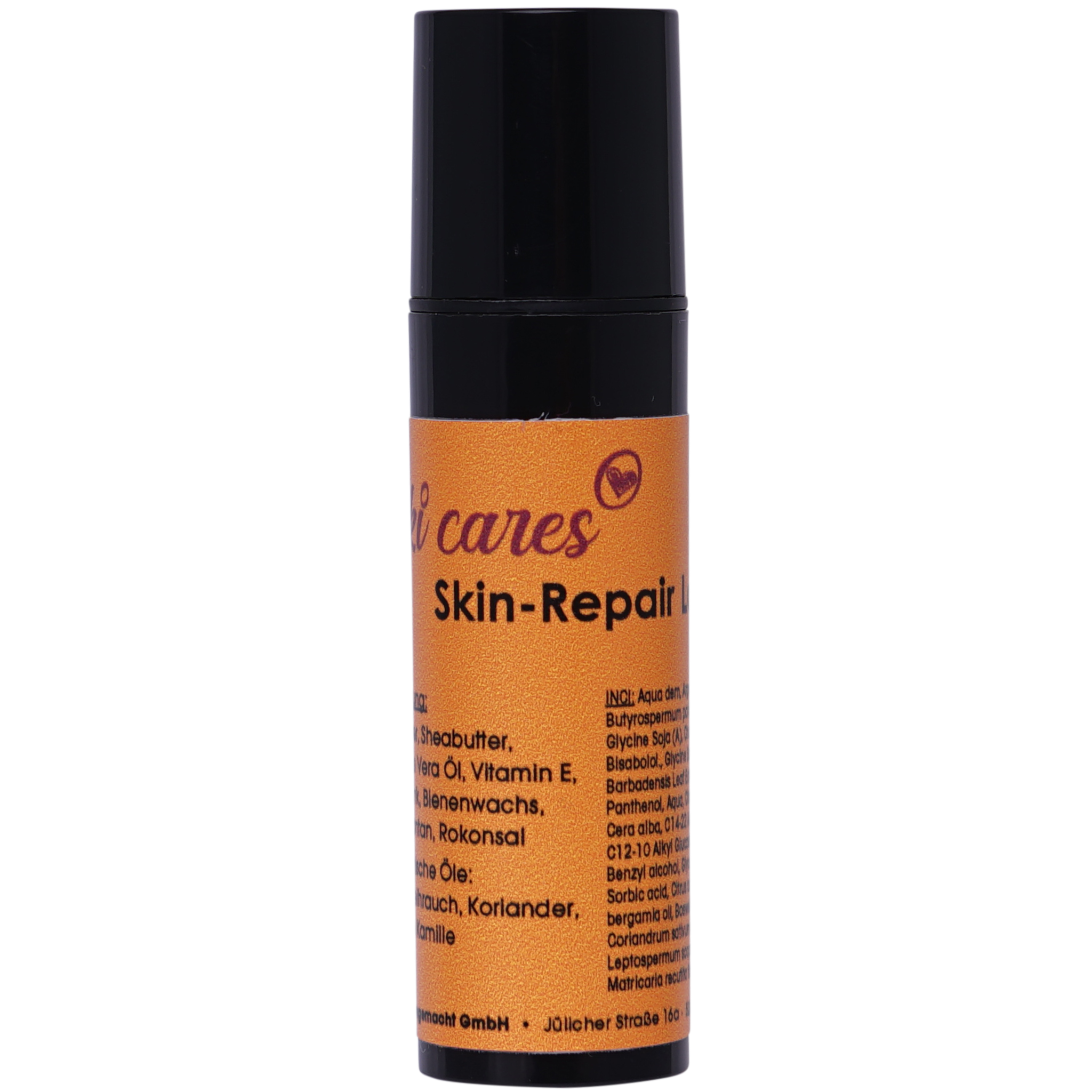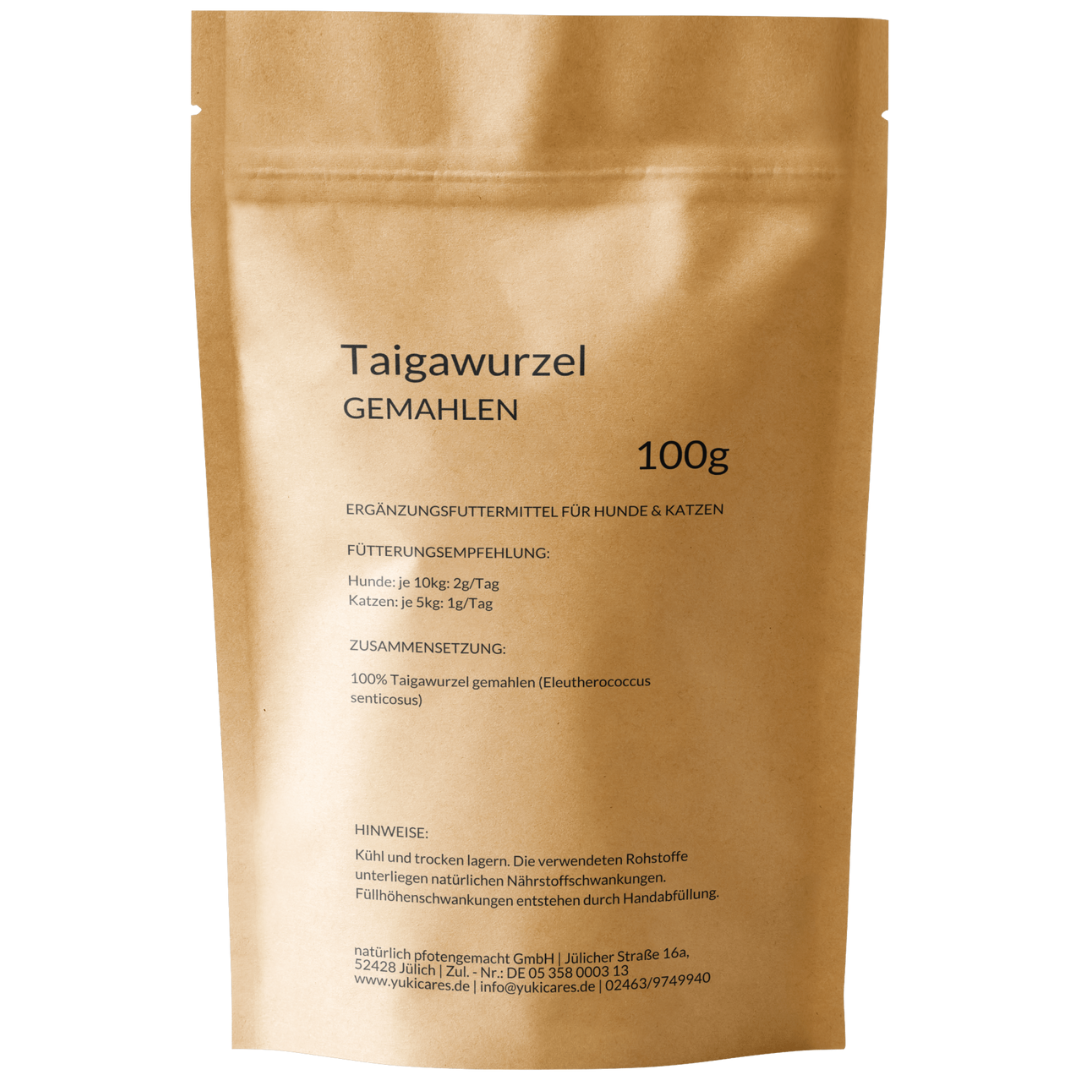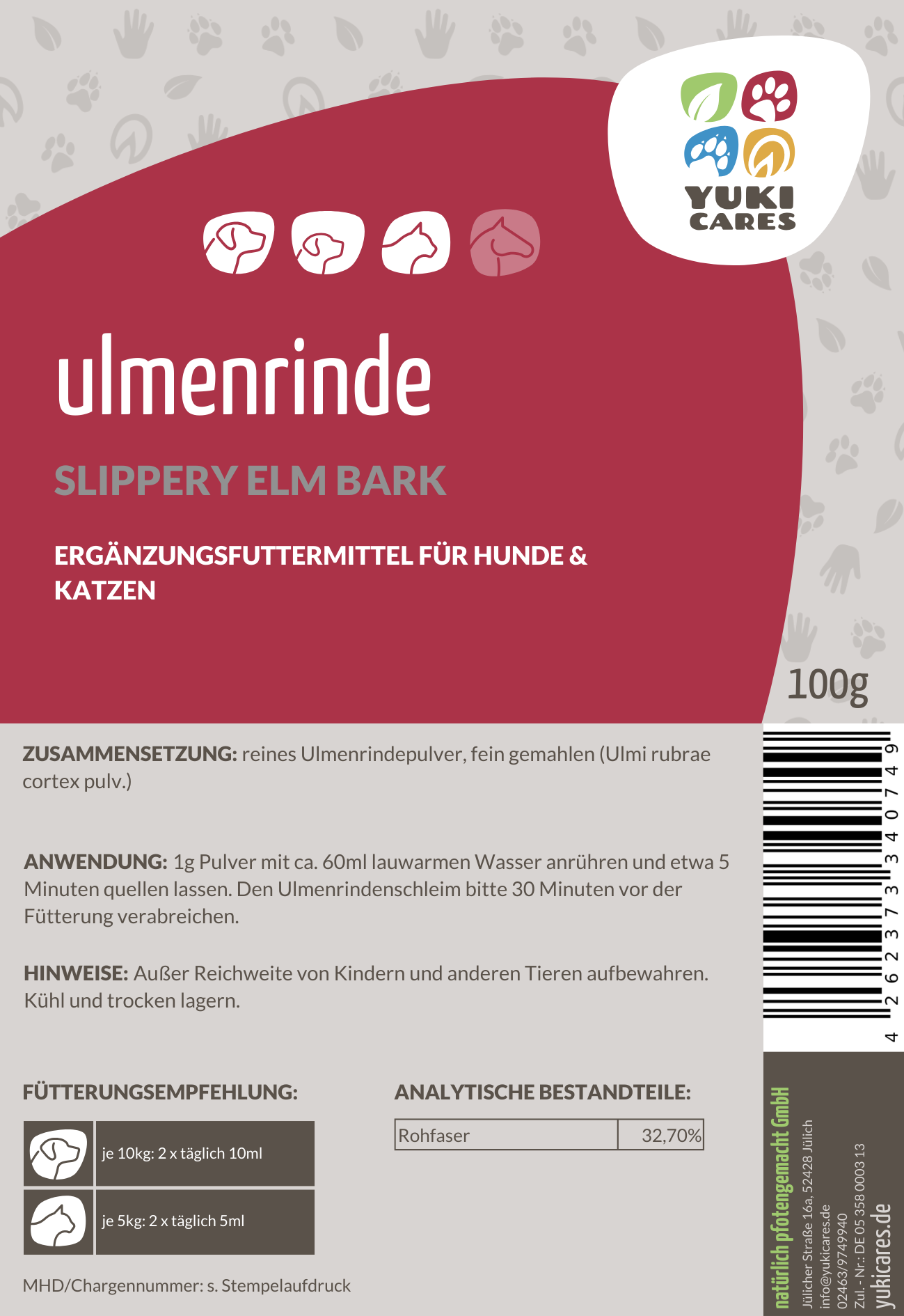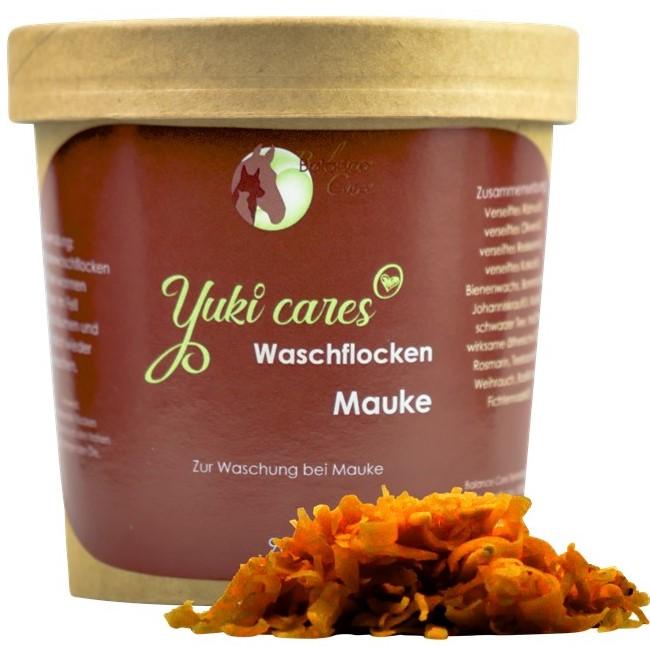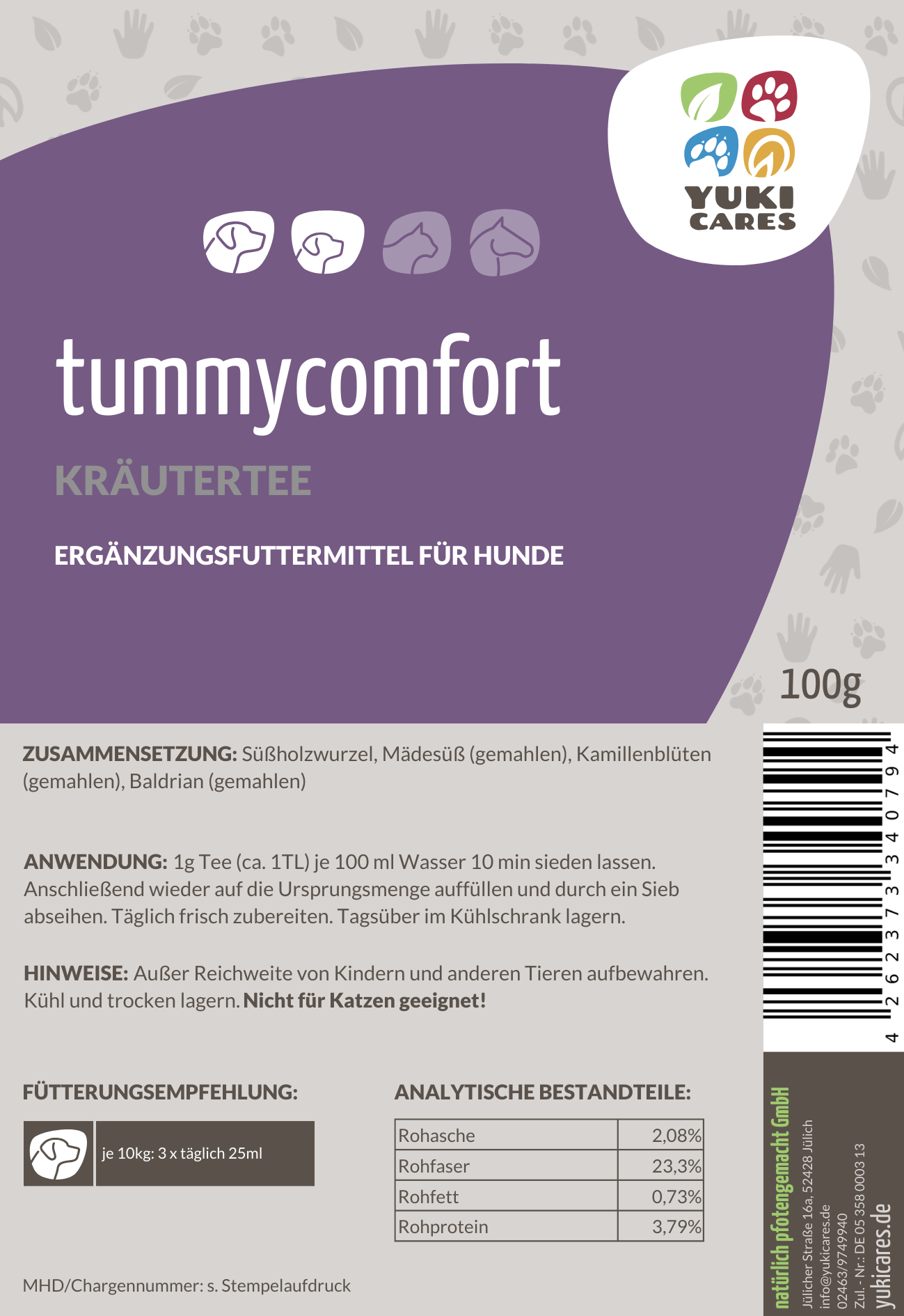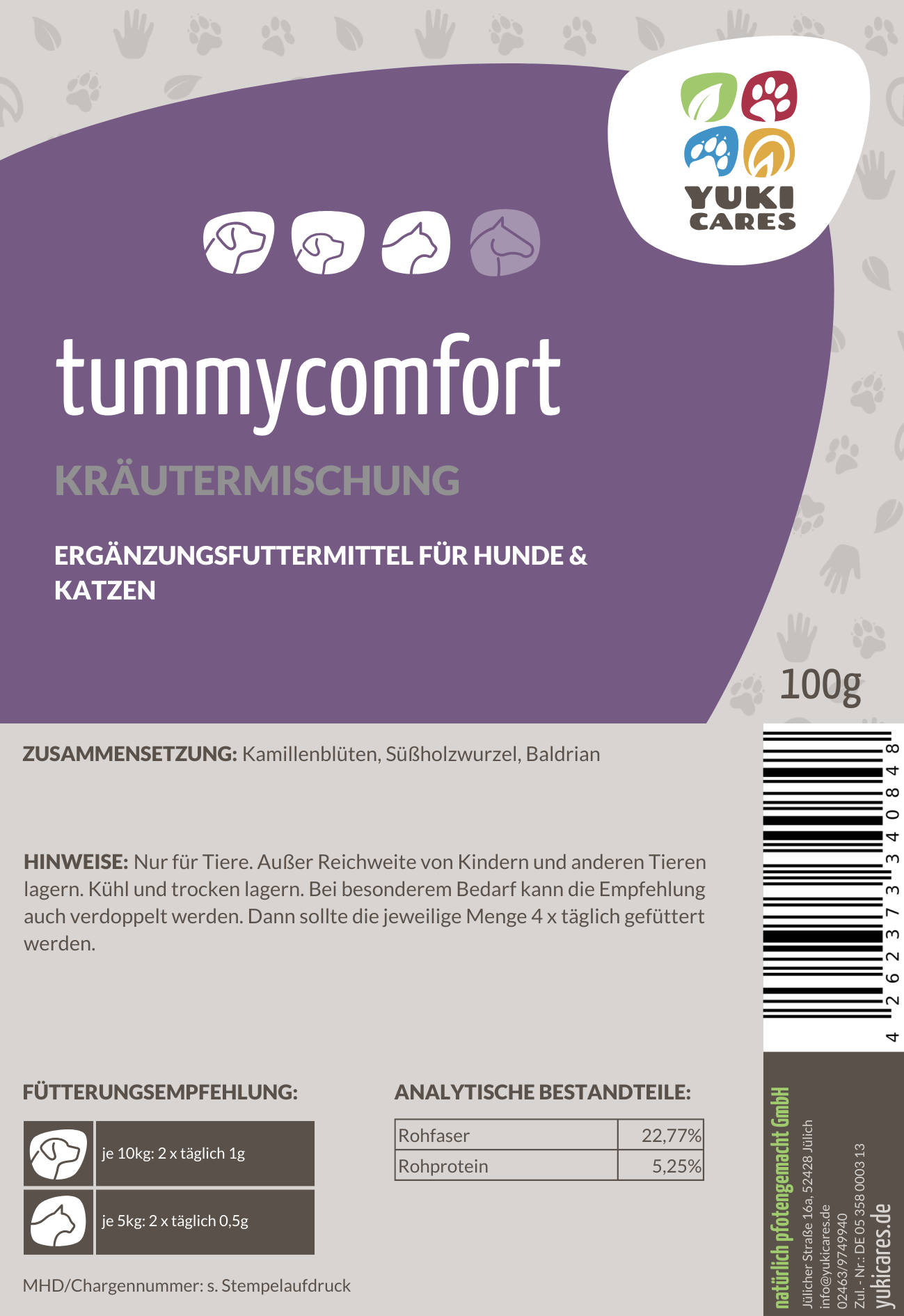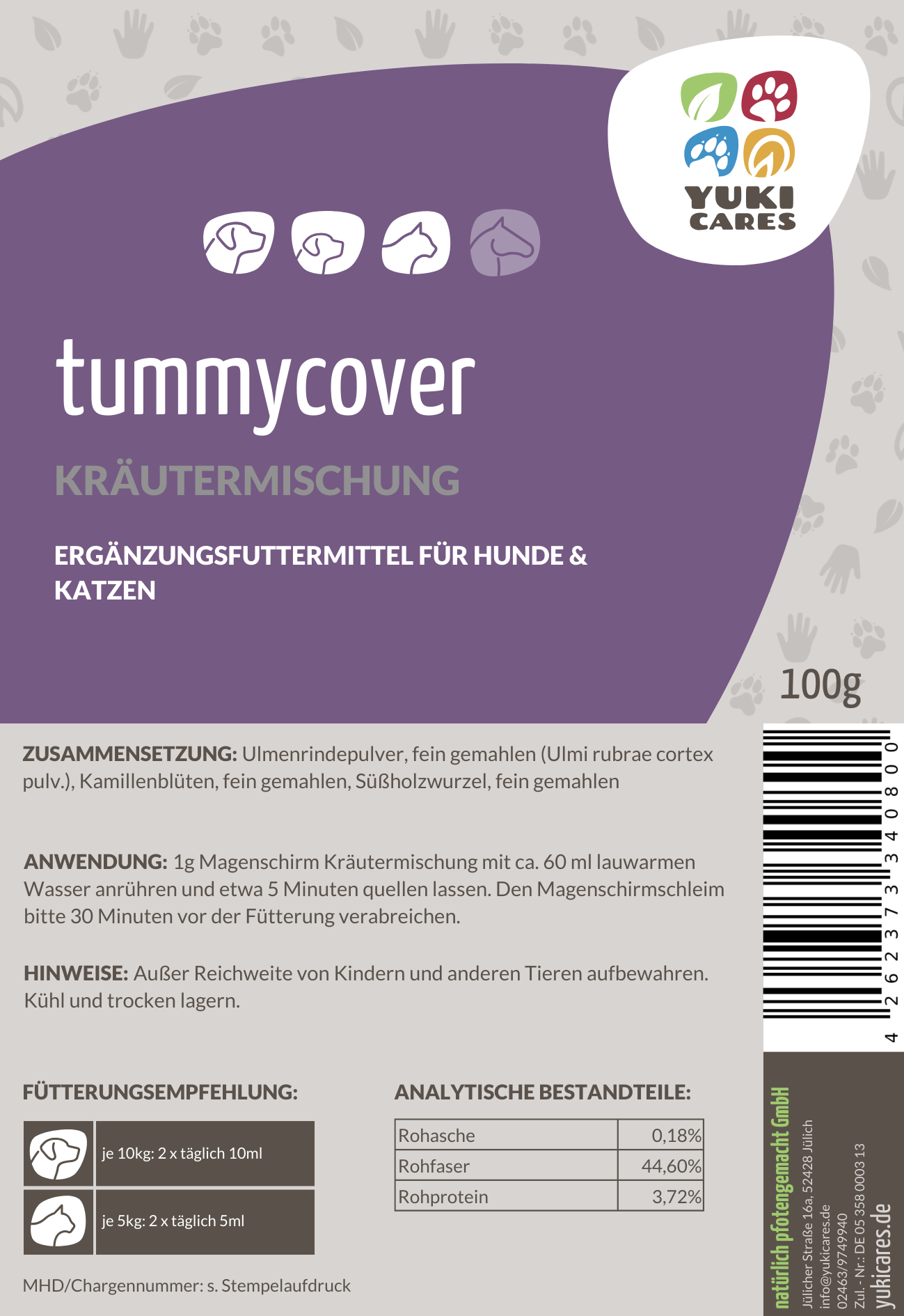Tips for more sustainability in everyday life
Climate change is a bitter—or should I say, a hot—reality. The debate about how to stop climate change is equally heated. We have a long way to go; let's take the first step: let's live more sustainably so we don't place undue strain on Mother Nature ourselves. Here are some tips on how you can easily take the first steps in your everyday life.If we don't go down this path, this is what will most likely happen:
Our environment should be sacred to us, yet we often trample on Mother Earth—consciously or unconsciously. We're always told we need to avoid waste, reduce CO2 emissions, replace plastic, and generally live more sustainably to save the planet. Sustainability is currently a trend; there are countless Facebook groups dedicated to the topic, some with nearly 35,000 members. But how can you easily implement this trend in your everyday life?
You've already taken the very first step! You're engaging with environmental protection and sustainability. Be mindful of yourself and our resources.
Always ask yourself the question: "Do I really need this?"
What examples are there of sustainability in everyday life?
The classics are, for example, taking the train instead of a short-haul flight, drinking coffee in a reusable to-go cup, or buying glass bottles instead of plastic ones.But there are also examples that men don't immediately think of. For example, using menstrual cups or cloth pads instead of disposable sanitary products.
Or even examples that women might not immediately think of. For example, using cool bags made from fire hoses instead of buying plastic bags every time.
There are so many little things you can immediately incorporate into your everyday life. It may not seem like much to you, but the bottom line is that you're already making a positive contribution. And maybe you'll inspire others to do the same.
How can I implement sustainability immediately?
There are countless ways you can live more sustainably in your everyday life, so I'll list just a small selection here:- Pre-cook food and take it to work instead of buying pre-packaged food; there are many suitable containers* for this
- buy regional and seasonal fruits and vegetables
- Pay attention to the ingredients in cosmetics or buy natural cosmetics
- shorter distances by bike instead of driving
- avoid palm oil (unfortunately, this also means Nutella)
- Shop in unpackaged and zero-waste stores
- Take a bag* with you when shopping
- Do not pack vegetables* separately
- Mix your own cleaning products, you can find recipes in this book*
- do not use fabric softener
- eat less meat and buy it from the local butcher
- pay attention to waste separation*
- Write down your wishes and check a month later whether you still want or need it
- Upcycling - turning old into new, this way you avoid waste and create something unique.
True, you're right. When you're alone, it's easy to decide to implement many or even all of the tips. In a family, the decision has to be made together.
How do I implement sustainability in everyday life with children?
And yet, even a family with children can live more sustainably. Here, too, I've put together a list from which you can choose what works best for you.- Always go shopping with enough bags or baskets, ideally have a selection already in the trunk
- Use cloth diapers* instead of the usual ones
- use natural alternatives to detergents
- Determine cosmetic brands that have good ingredients and thus the whole family equip
- When shopping, place a basket in your shopping cart to hold unpackaged vegetables (e.g., loose tomatoes). This protects them from the pressure of the rest of your shopping. Or you can use these reusable bags* .
- Teach children to only take as much food as they can eat
- Create fruit and vegetable beds (or flower boxes) that children can help to cultivate and harvest
- Buy second-hand clothes & toys
- Sell clothes that have become too small or unnecessary toys
- buy a smaller garbage bin, then you are forced to avoid waste and find alternatives
- Plan menu lists and shopping lists so that you can shop more controlled and end up throwing away less, which indirectly saves a lot of CO2
- Sew gift bags instead of using wrapping paper
- Carry a can of wet washcloths instead of wet wipes
Which sustainability apps can help me?
We live in a time where there's an app for everything. That's great, because it makes what I listed above much easier to implement in everyday life.I’ll also list what I think makes sense:
-
Code check
With Codecheck, you can scan almost any product (cosmetics, food, household) and check its ingredients. This way, you can find out in seconds whether it contains palm oil or microplastics, for example, and in some cases, you'll even see customer reviews of the product. -
GreenTime - Seasonal Calendar
The app is from the Schleswig-Holstein Consumer Advice Center and gives you an overview of which vegetables and fruits are in season and when. This saves you the cost of transporting them from southern growing countries. -
Too good to go
At 2good2go, you can secure food packages from companies that would otherwise end up in the trash, for example, because the best-before date is approaching or the apple is no longer looking so good. From fruit and vegetables to dairy products and bread to an evening buffet, you can find everything here – depending on the participating stores in your area. Just take a look and see what's available for you. -
WWF Fish Guide
This app tells you which fish you can eat and which you should avoid because their stocks have been virtually wiped out by overfishing. -
Energy check co2online
The app helps you keep an eye on your energy consumption and compare it with others in your living situation, so you may find potential savings -
Bring
Bring is a practical shopping list that you can easily fill out on your phone as needed. This way, you won't forget anything or overbuy.
Last but not least, sustainable living often means saving costs because you spend your money much more carefully and in a more planned manner.
Do you have any other tips? Share them with us and all readers in the comments! ;-)
This text contains affiliate links (*)
Through these links, we recommend certain products and may earn a commission. The products don't cost any more, we promise.
If you would like to be regularly informed about new blog articles, simply sign up for our newsletter below!

